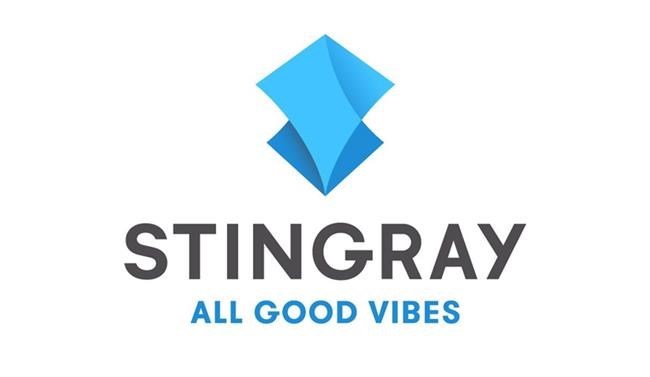Stingray Group Inc. management is optimistic that its global media business will be able to resume rapid growth as the impact of the COVID-19 pandemic fades and new services come out in Canada, the United States and further abroad.
The Montreal-based company told analysts and shareholders Wednesday that some of the pandemic's financial impact over the months of April, May and June was softened by millions of dollars received under a federal emergency wage subsidy, as well as its own cost-cutting.
Stingray estimates that it received $9 million from the Canada Emergency Wage Subsidy over four months ended June 30 and that it will receive a further $8 million in the current quarter ending Sept. 30.
In addition to CEWS payments that helped reduce Stingray's net expenses, its expansion in the United States helped offset the blow it took in Canada as fiscal first-quarter revenue was cut by half.
In addition to losing paid radio advertising, a Stingray subscription music service for retailers suffered from pandemic-related store closures.
Chief executive Eric Boyko, who co-founded the company, told Stingray's virtual shareholder meeting in Montreal that its radio business has seen improvements in July and August after the first quarter ended June 30.
Stingray provided 5,000 local businesses with a total $20 million of credits for radio advertising during the April-June quarter, allowing the company to maintain long-term relationships and gain new customers during the worst months of the COVID downturn.
"It might affect us in the short-term, but long-term it was a great move," Boyko said.
But Boyko added that long-term growth opportunities will come from new and redesigned services, such as Audio360, a national platform that Stingray and Bell Media announced last September.
Audio 360 gives Stingray the ability to deliver ad-supported radio and podcasts to consumers, audio ads and music to retail businesses and paid audio channels delivered by television or mobile devices.
"So we're able to reach the customer on the audio side (with a) full spectrum," Boyko said.
In addition, Stingray is expecting new ad-supported revenue from subscription video streaming services delivered through traditional cable systems as well as directly to internet-connected devices such as smart televisions.
These services and software applications are an evolution of Stingray's original business model, which was to deliver advertising-free audio channels to cable television networks in Canada and around the world.
On Tuesday, Stingray announced that its revenue for the quarter ended June 30 was down by 35 per cent from the same time last year, mostly because of the pandemic's impact on its radio business.
Stingray operates more than 100 radio stations across Canada, most of them from its acquisition of Newfoundland Capital Corp. (Newcap) in October 2018 through a deal valued at $506 million, including $112 million of debt.
Stingray's overall revenue for its fiscal first quarter was $52.3 million, down from $80.4 million a year earlier.
Radio revenues decreased by 62 per cent to $16.3 million from $43.1 million, while broadcasting and commercial music revenues were down by 3.7 per cent in the quarter at $35.9 million.
Overall revenue from Canada fell by $28 million or 50 per cent from $56.1 million in the year-earlier period, while revenues in the United States increased 12.7 per cent to $10.3 million, mainly due to organic growth in subscriptions.
Net income was $7 million, down 23.5 per cent from $9.2 million on total revenue of $80.4 million in the same period of 2019.
It reported $13.5 million or 18 cents per share in earnings adjusted to exclude one-time items, beating analyst expectations of 16 cents per share, according to financial data firm Refinitiv.
That compared with an adjusted profit of $16.7 million or 21 cents a year earlier.
This report by The Canadian Press was first published Aug. 5, 2020.
Companies in this story: (TSX:RAY.A, TSX:RAY.B)
David Paddon, The Canadian Press

